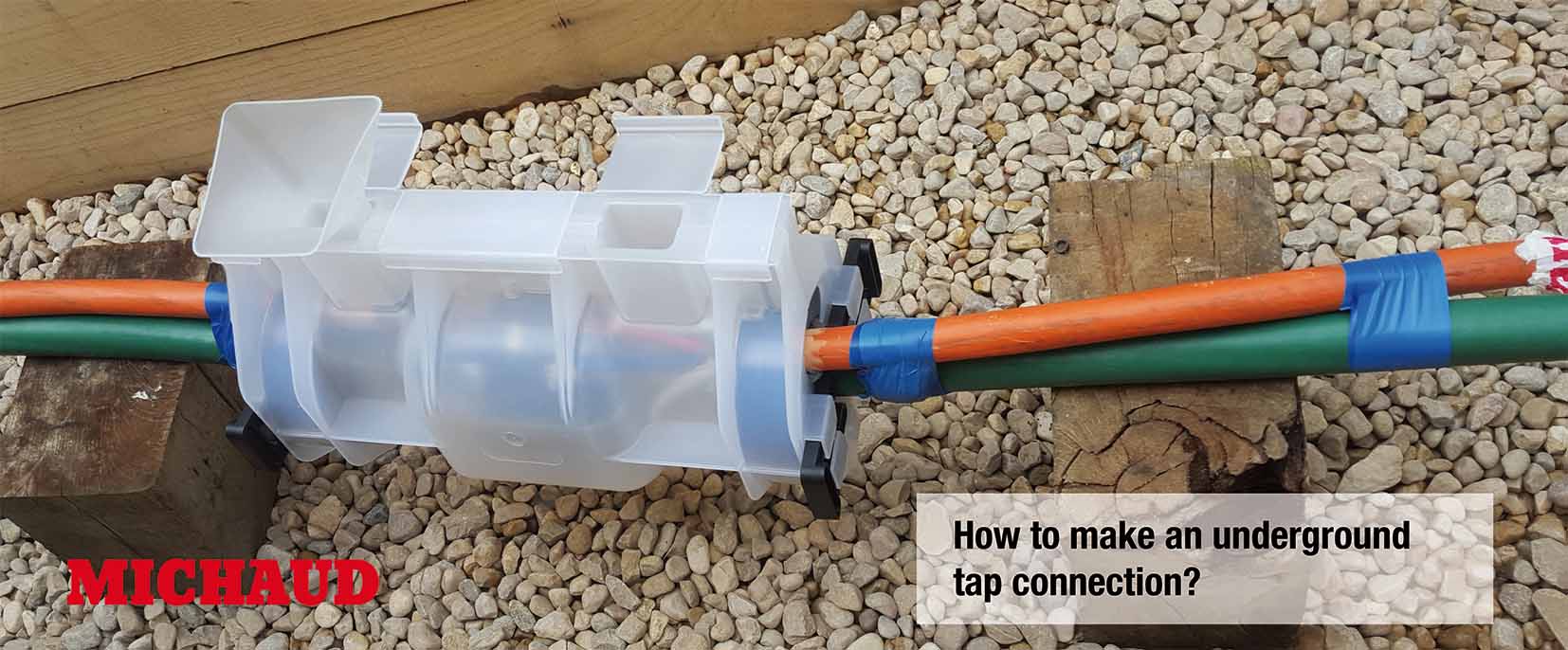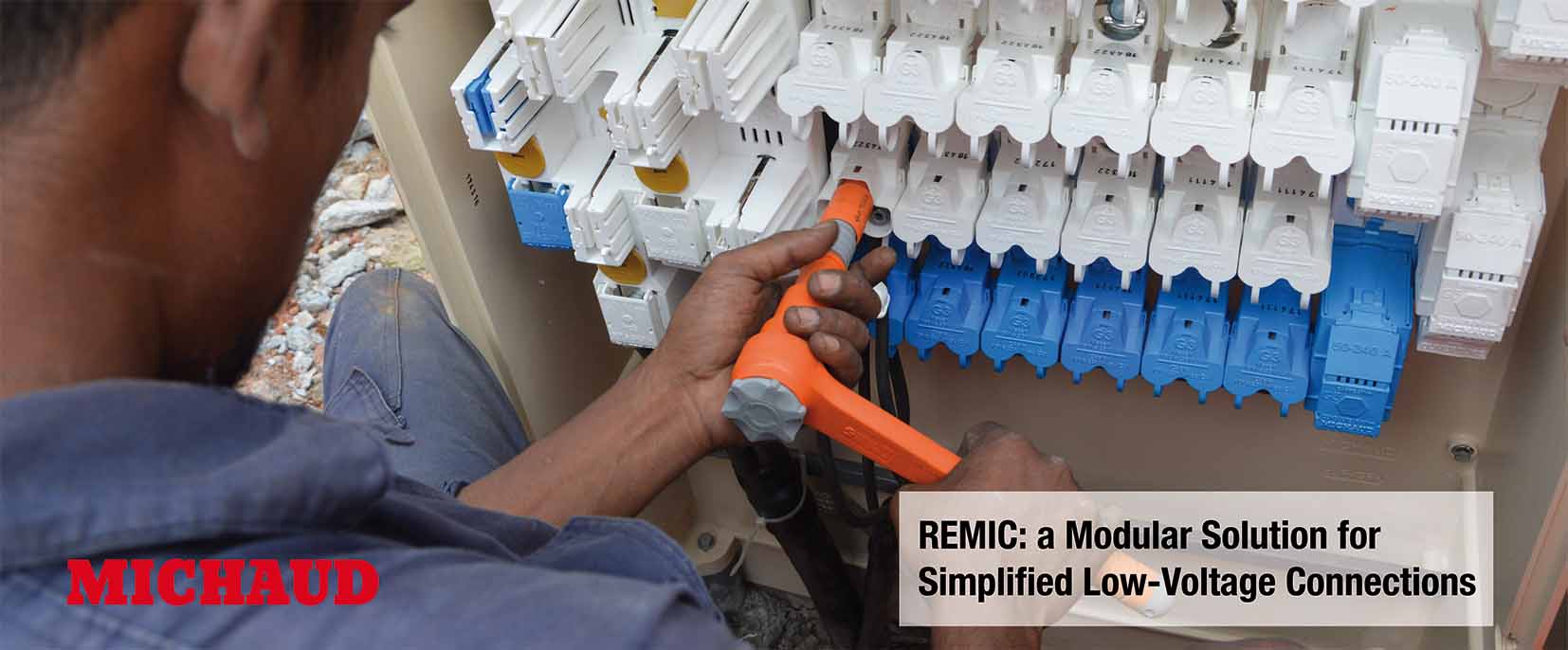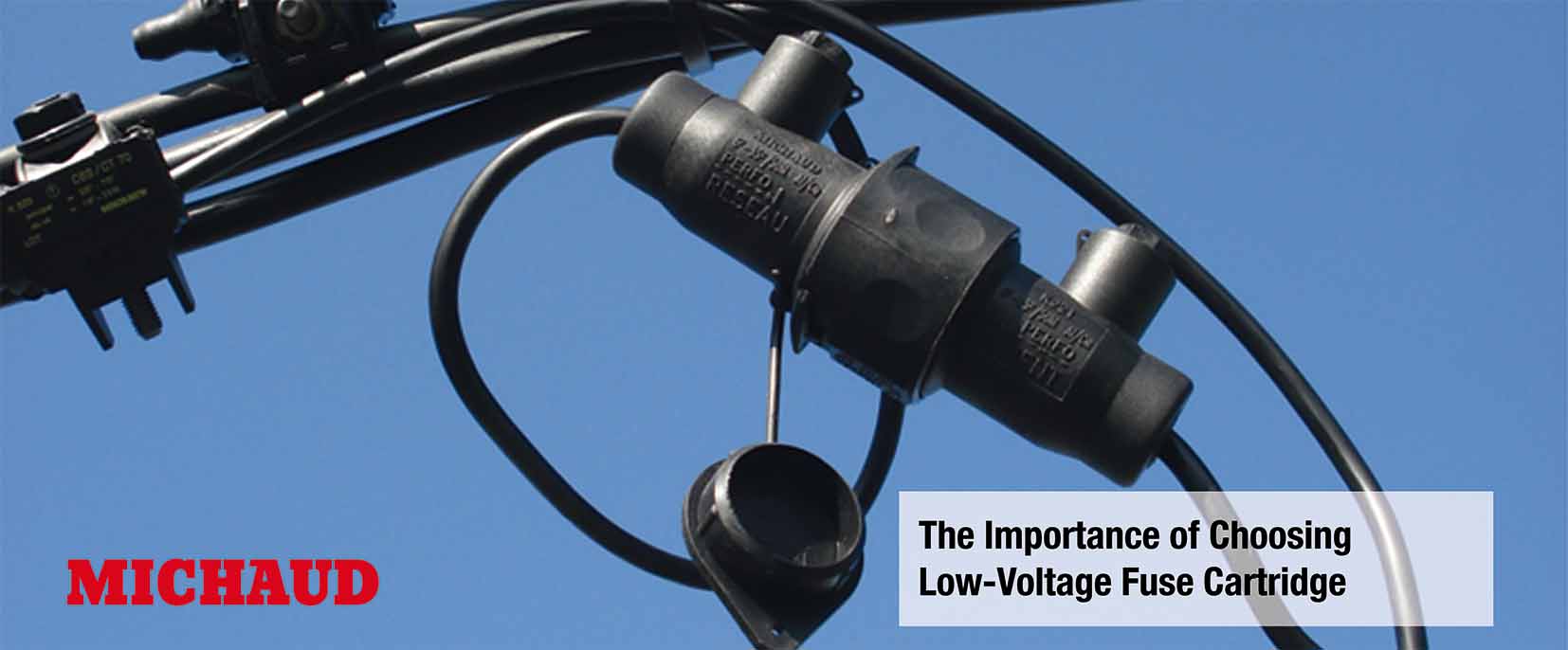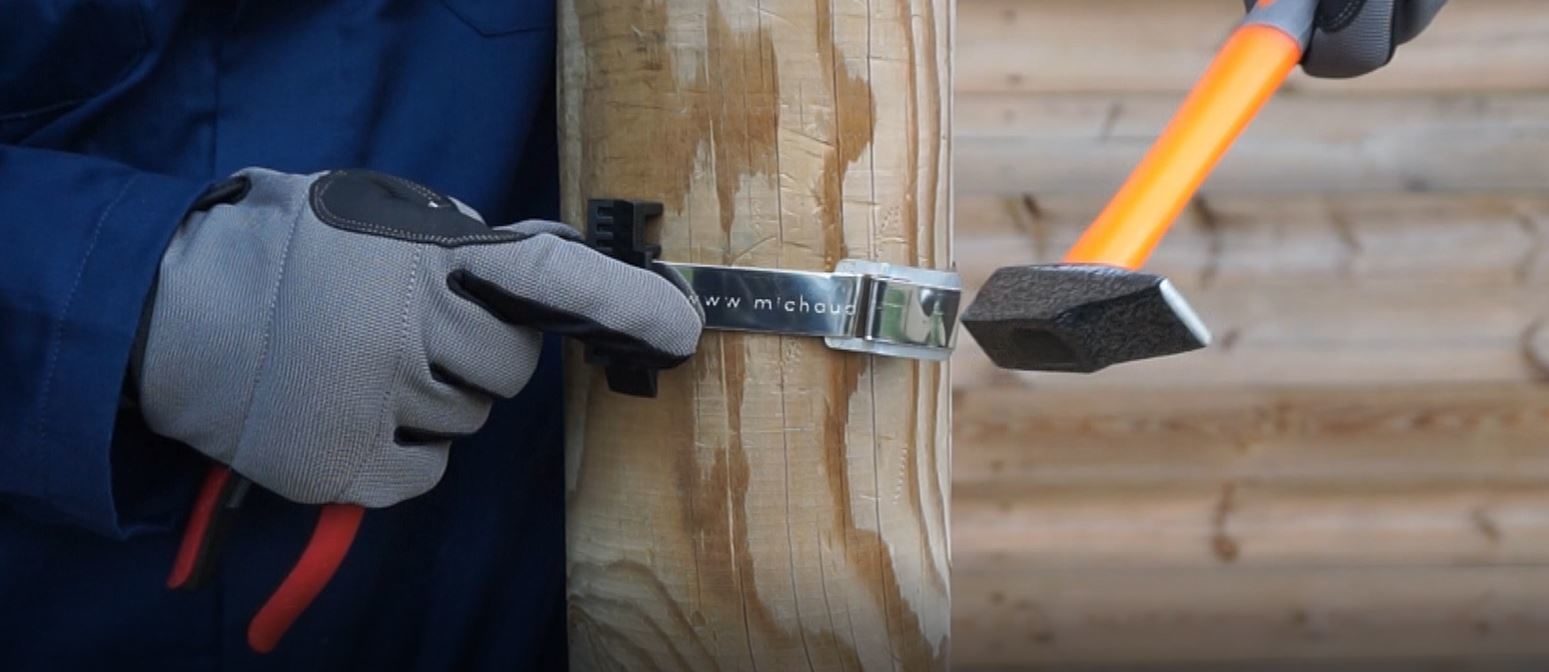
Grid connection concern almost all the buildings (houses, company buildings, public building…). These are connected to the grid through electricity meter and protections which are different depending on the countries.
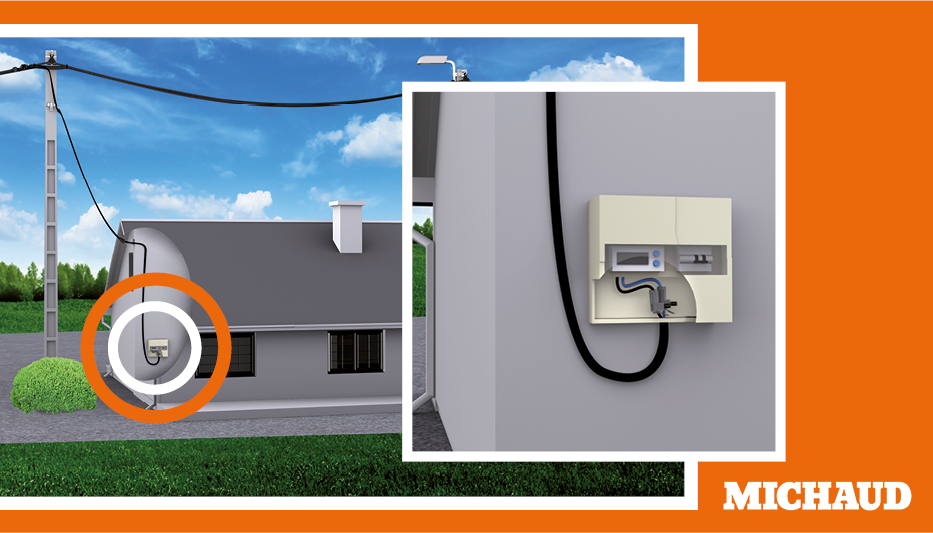
The electrical cabinet, also called “meter box”, has different sizes depending on the elements that make it up. Usually, its size is small and it will decrease further in the coming years, thanks to even smaller, cost-effective and efficient emerging technologies.
The small size of the meter box a very positive aspect to the consumer because the used space is reduced. However, repair and maintenance operations on the links between the grid cables and the cabinet can be more difficult than before.
There are three main issues in grid connection:
- Despite their decreasing size, meter boxes must be able to accommodate a number of connections
- The transition between the service cable (aluminum) and the equipment terminals (brass or copper) must be ensured, despite the different materials composition
- The conductor cross-sections in the home are not the same as those in the network.
Hence, it‘s crucial for technicians to be equipped with the right technology to facilitate their operations and make them faster.
In response to these constraints, EBCP end connectors have been developed by the manufacturers.
Connecting with an EBCP
What is an EBCP?
EBCP means Insulation Piercing End Connector. It includes two products: a connector and a flexible cable. It offers three advantages:
- Section reduction
- The flexibility of the cable allows the installer to make a connection more easily and quickly
- It supports the aluminum/copper transition
EBCP is used to securely connect the electrical grid to the equipment in the cabinet, such as the circuit breaker, the circuit breaker, or the meter.
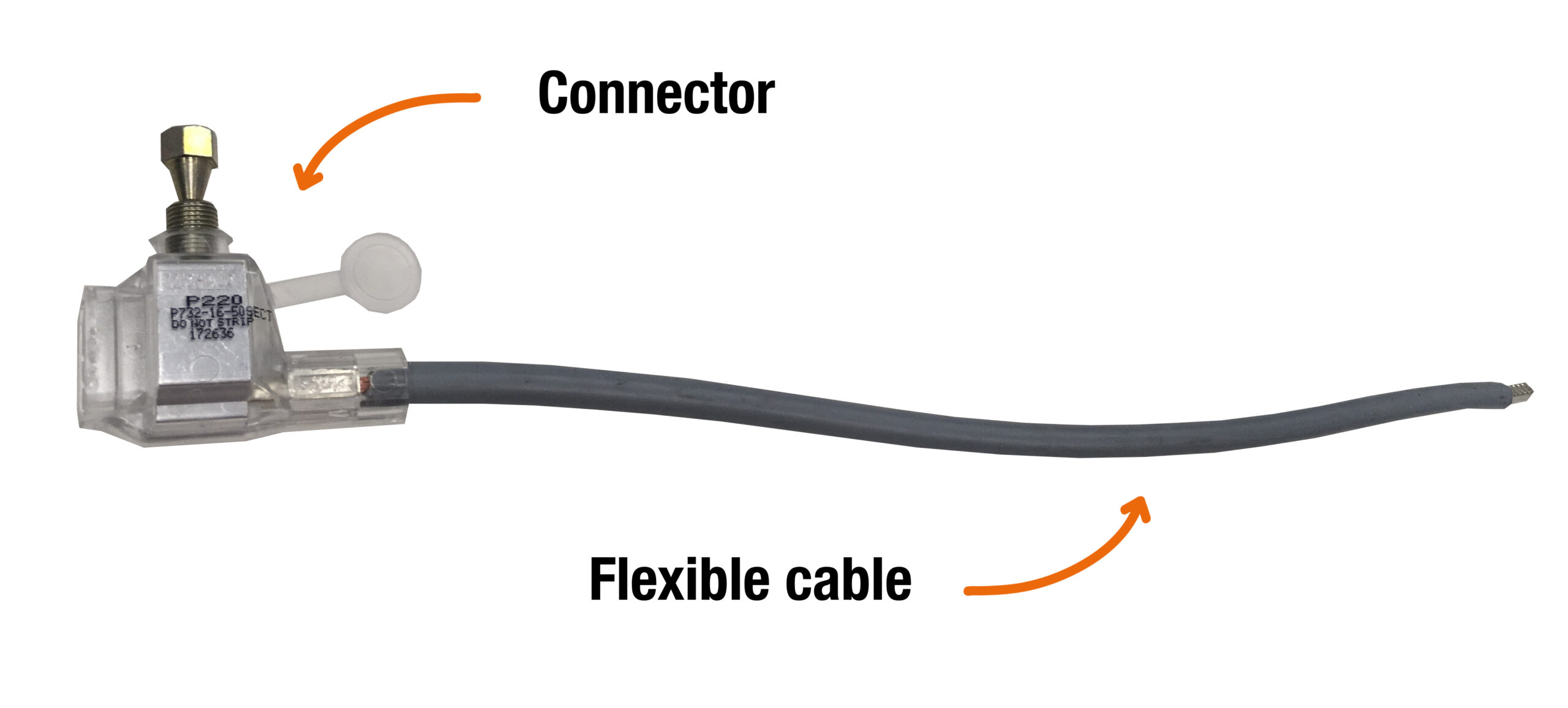
The implementation is realized in two steps:
- Connection of the connector to the network,
- Connection of the flexible cable to the equipment.
Choose the EBCP according to the problems of grid connection of the area
Manufacturers offer different types of EBCPs to match market expectations. Indeed, from one area to another, the equipment will differ, as well as the installation habits.
Screws: adapting to field installation habits
The demand for screws differs from country to country: some prefer metal heads or plastic heads, and others work with fusible heads. All these models of screws can be assembled on an EBCP and allow to adapt the product to the country of destination.
Amperage: align with end-user consumption
Each category of user has different needs and different intensity limits.
For example, a factory will not consume the same amount of energy as a house, it will require more power at the terminals of the device.
It is therefore essential to match the cross-section of the EBCP cable to the connecting cable.
Capabilities: choose the appropriate sections for your needs
For the connector part, the choice of capacities depends on the section of the service cable to be received. Generally, this type of cable is between 6 and 50mm².
For the subscriber connection part, the choice of the cable section depends on the equipment to be connected; it varies from 10 to 25mm² depending on the applied standards.
In general, we use to choose the first section of copper lower than the aluminium one. For example, if the connection cable is made of aluminium section 25mm² it will be recommended to use an EBCP with a cable in copper of section 16mm².
Color: to facilitate the identification of conductors
Phase and neutral cables are very often of a different color in domestic installations. This is the case in most countries and it makes it possible to secure the intervention teams (installation or maintenance). Indeed, by identifying the phases and the neutral, it is more obvious for the fitters to ensure their safety.
Universal color codes such as yellow and green tails will also be used to distinguish the ground conductor.
Kit: complete systems
To facilitate installation in the field, manufacturers have adapted the packaging of the tips to offer systems called “kits”.
This type of solution refers to a set of EBCP, generally 2 or 4 allowing the installer to have in the same batch the neutral as well as the phase(s) respectively for single-phase or three-phase connections.
This type of solution also has a logistical interest in rationalizing orders and reducing its ecological impact.
Respond to specific field issues
The problem of non-technical losses affects a number of countries around the world, particularly in emerging countries. Anti-fraud technology has therefore emerged to counteract electricity theft. By choosing EBCPs with a non-removable fuse head, utilities secure the connection and protect themselves from possible tampering. This technology also allows the installer to tighten the conductor to the required torque without the need for special tools, thus ensuring good electrical efficiency.
Contact
